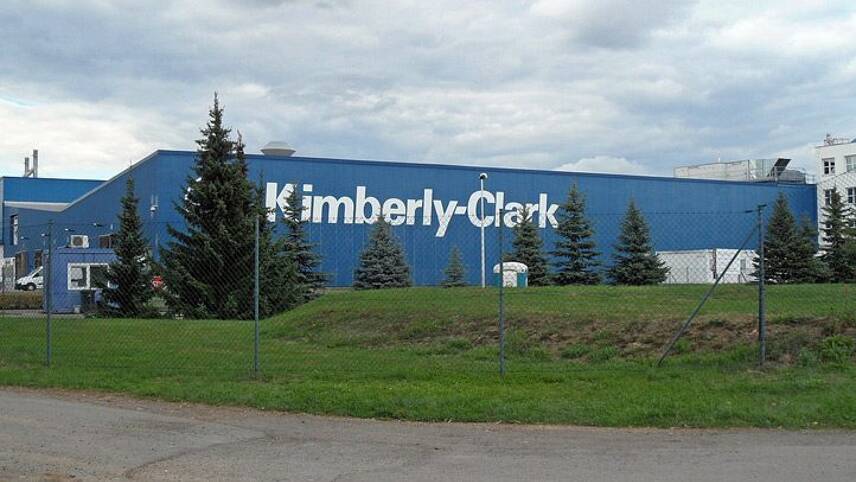Register for free and continue reading
Join our growing army of changemakers and get unlimited access to our premium content

Image: Stribrohorak
The targets have been set against a 2015 baseline and also include an ambition of reducing downstream Scope 3 (indirect) emissions by 20%. This latter target accounts for both the use-phase and end-of-life treatment of all purchased goods and services. Kimberly-Clark currently calculates emissions from these sources using the World Bank’s toolkit.
Kimberly-Clark had previously been targeting a 20% reduction in direct, power-related and supply chain emissions by 2022, against a 2005 baseline. After delivering a 34.7% reduction in emissions across these areas by 2019, the personal care giant upped the 2022 goal to 40%.
Progress towards previous goals had largely been achieved through investments in energy efficiency measures, alternative fuels including biomass, material efficiency and renewable energy. On the latter, Kimberly-Clark does not have a time-bound target for sourcing 100% renewable electricity but met 99% of the electricity needs of its US-based professional products manufacturing sites with wind power in 2018. Globally, it sources clean energy through a mixture of onsite generation and power purchase agreements (PPAs).
Action and ambition in all of the above areas will need to be scaled up and expanded if Kimberly-Clark is to meet its new targets, according to the firm’s global energy solutions manager Juan Martin.
“The new 2030 goals will challenge us to innovate new solutions to meet these ambitious science-based emissions reduction targets and expand our focus beyond our manufacturing sites into our entire supply chain,” Martin said.
Given its reliance on forestry products, Kimberly-Clark has also pledged to include emissions from land-use into all future climate targets. The firm has been working to baseline its forest carbon footprint and will release that data next month, along with a specific target for emissions from this area. Globally, 23% of all man-made greenhouse gas emissions to date can be attributed to land-use, according to the IPCC.
Science-based surge
Since the IPCC published its landmark report on global warming in 2018, there has been a huge uptick in the number of big businesses both pledging to develop, and actually setting, science-based emissions targets.
In December 2019, a report from the SBTi revealed that 285 businesses have now set emissions aims in line with the Paris Agreement. The body estimates that the actions of these companies will spur more than $18bn in climate-mitigation investment and up to 90TWh of annual renewable electricity generation. A particular surge in uptake was attributable to COP25, which took place in Madrid that month.
Since then, the likes of AECOM, Pearson, Zalando, Ricoh and Refinitiv have had their new climate goals rubber-stamped by the SBTi.
“Companies have a vital role to play in driving down global emissions and it is encouraging to see major players taking such ambitious action across their operations and supply chain,” CDP’s director of science-based targets Alberto Carrillo Pineda said.
The SBTi has been working to improve its provisions to help businesses set targets in line with 1.5C, as opposed to “well below” 2C, in recent months. However, 1.5C criteria do not yet exist for all sectors.
Sarah George


Please login or Register to leave a comment.